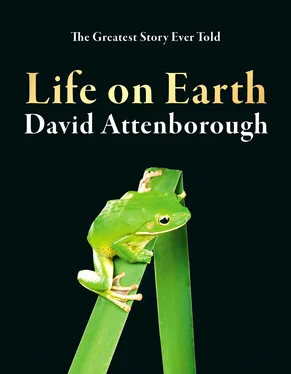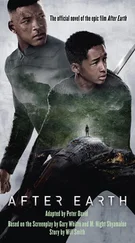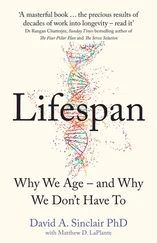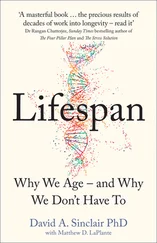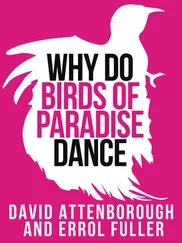The hermit crab partly avoids this complicated and hazardous process by having a shell-less hind part and protecting it with a discarded mollusc shell, slipping into a new one in a minute or so whenever it has the need.
The external skeleton has one incidental quality which has had momentous results. Mechanically, it works almost as well on land as it does in water, so that, providing a creature can find a way of breathing, there is little to prevent it walking straight out of the sea and up the beach. Many crustaceans, indeed, have done so – sand shrimps and beach hoppers stay quite close to the sea; and pill bugs and penny sows have colonised moist ground throughout the land.
The most spectacular of all these land-living crustaceans is the robber crab. It is found on islands in the Indian Ocean and the western parts of the Pacific. At the back of its main carapace, at the junction with the first segment of its abdomen, there is an opening to an air chamber lined with moist puckered skin through which the animal absorbs oxygen. This monster is so big it can embrace the trunk of a palm tree between its outstretched legs. It climbs with ease, and once in the palm’s crest, cuts down with its gigantic pincers the young coconuts on which it feeds. It has to return to the sea to lay its eggs, but otherwise it is entirely at home on land.
Other descendants of the marine invertebrates have also left the water. Among the molluscs there are the snails and the shell-less slugs, but these emerged from water relatively recently in the group’s history. The first to make the move to land were probably descendants of the segmented worms, the millipedes. Their droppings have been found fossilised in the rocks of Shropshire. They were followed by pioneers which recent DNA studies show to have been crustaceans. And some of these made such a success of life in their new surroundings that they eventually gave rise to the most numerous and diverse group of all land animals – the insects.

THREE
The First Forests
There are few more barren places on earth than the plains surrounding a volcano in the aftermath of its eruption. Black tides of lava lie spilt over its flanks like slag from a furnace. Their momentum has gone but they still creak, and boulders still tumble as the flow settles. Steam hisses between the blocks of lava, caking the mouths of the vents with yellow sulphur. Pools of liquid mud, grey, yellow or blue, boiled by the subsiding heat from far below, bubble creamily. Otherwise all is still. No bush grows to give shelter from the scouring wind; no speck of green relieves the black surface of the empty ash plains.
This desolate landscape has been that of much of the earth for the greater part of its history. The first volcanoes to appear on the surface of the cooling planet erupted on a far greater scale than any that we know today, building entire mountain ranges of lava and ash. Over the millennia, the wind and rain destroyed them. Their rocks weathered and turned to clay and mud. Streams transported the debris, particle by particle, and strewed it over the seafloor beyond the margins of the land. As the deposits accumulated, they compacted into shales and sandstone.

Lava cactus ( Brachycereus nesioticus ) growing in lava field, coast of Fernandina, Galapagos Islands.
The continents were not stationary. They drifted slowly over the earth’s surface, driven by the convection currents moving deep in the earth’s mantle. When they collided, the sedimentary deposits around them were squeezed and rucked up to form new mountain ranges. As the geological cycles repeated themselves for some three thousand million years, and the volcanoes exploded and spent themselves, the land remained barren. In the sea, however, life burgeoned.
Some marine algae no doubt managed to live on the edges of the seas, rimming the beaches and boulders with green, but they could not have spread far beyond the splash zone, for they would have dried out and died. Then between 450 and 500 million years ago, some forms developed a waxy covering, a cuticle, which warded off desiccation. Even this, however, did not totally emancipate them from water. They could not leave it because their reproductive processes depended on it.
Algae reproduce themselves in two ways – by straightforward asexual division and by the sexual method, which is of great importance in the the evolutionary process. Sex cells will only develop further if they meet each other and fuse in pairs. To make these journeys and achieve these meetings, they need water.
This problem still besets the most primitive land plants living today – both the flat, moist-skinned ones known as liverworts, and the filamentous ones covered with green scales, the mosses. They use these two methods of reproduction, sexual and asexual, in alternate generations. The familiar green moss is the generation which produces the sex cells. Each large egg remains attached to the top of the stem, while the smaller microscopic sperms are released into water and wriggle their way up to fertilise it. The egg then germinates while still attached to the parent plant and produces the next asexual generation – a thin stem with, at its tip, a hollow capsule. In this, great numbers of grain-like spores are produced. When the atmosphere becomes dry, the capsule wall expands until it suddenly snaps apart, throwing the spores into the air to be distributed by the wind. Those that land on a suitably moist site then develop into new plants.
Moss filaments have no rigidity. Some kinds achieve a modest height by packing closely together in cushions and so giving one another support, but their soft, permeable, water-filled cells do not provide enough strength to enable individual stems to stand upright. Plants like these are very likely to have been among the earliest forms to colonise the moist margins of the land, but so far no fossil relics of undoubted mosses have been discovered from this early period.
The first land plants we have indentified, dating from over 400 million years ago, are simple leafless branching strands which occur as filaments of carbon in the rocks of central Wales and in some cherts in Scotland. Like mosses, they had no roots, but when their stems are carefully prepared and examined under the microscope, they are seen to contain structures that no moss possesses – long, thick-walled cells that must have conducted water up the stem. These structures gave them strength and enabled them to stand several centimetres tall. That may not sound very imposing, but it represented a major advance in life’s colonisation of the land.
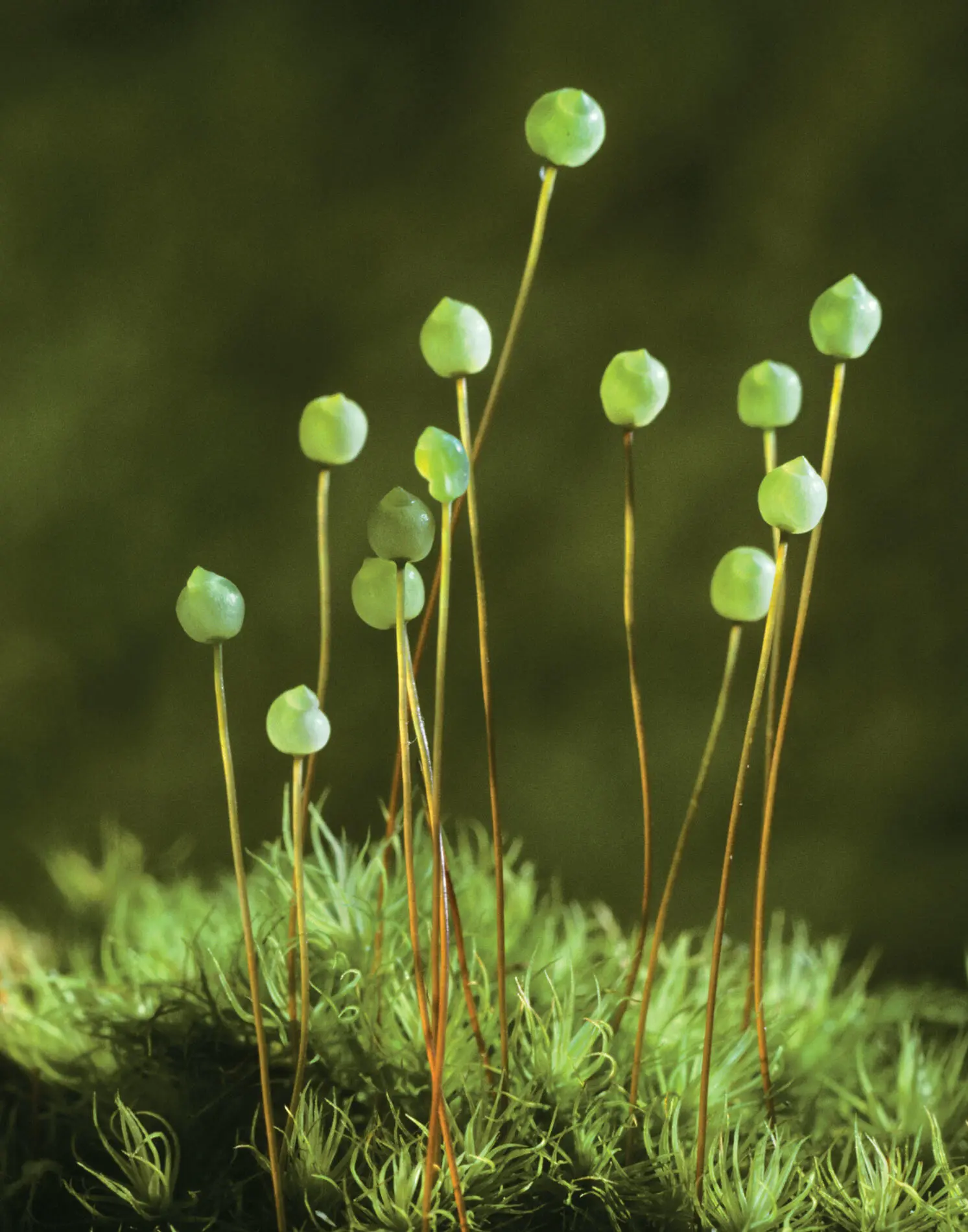
Apple moss ( Bartrimia pomiformis ) with spore capsules, Inverness-shire, Scotland, UK.
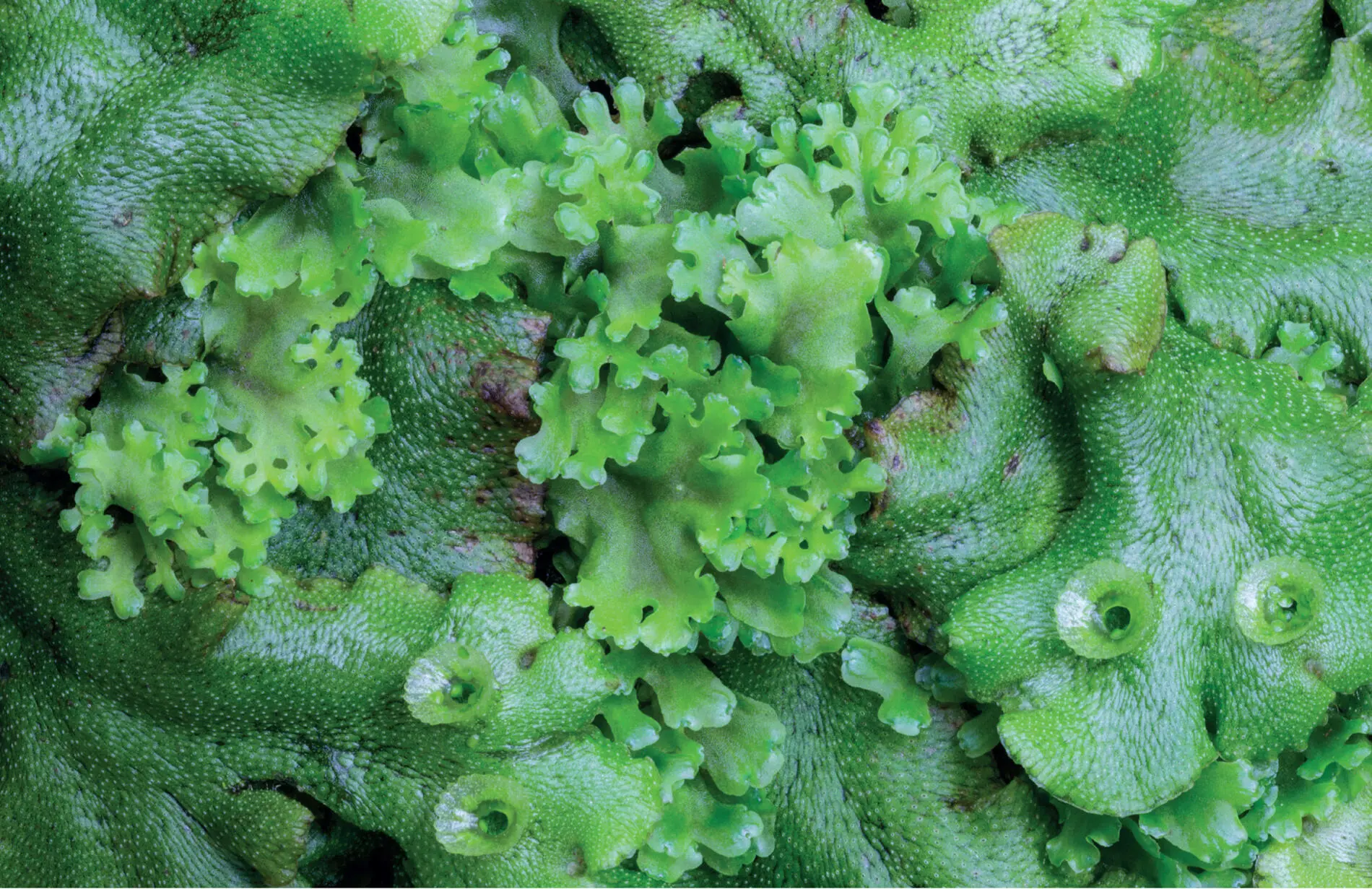
Endive Pellia liverwort ( Pellia endiviifolia ) in centre growing through common liverwort ( Marchantia polymorpha ), the latter bearing cups containing gemmae (used in asexual reproduction). Lathkill Dale, Peak District National Park, Derbyshire, UK.
Such plants, together with primitive mosses and liverworts, formed green tangled carpets, miniature forests that spread inland from the edges of estuaries and rivers, and into these crept the first animal colonists from the sea. They were segmented creatures, ancestors of today’s millipedes, well suited by their chitinous armour to movement on land. At first they doubtless kept close to the edge of the water, but wherever there was moss there was both moisture and vegetable debris and spores to eat. With the land to themselves, these pioneering creatures flourished. Their name millipede, ‘thousand legs’, is something of an overstatement. No species alive today has many more than two hundred legs, and some have as few as eight. Nevertheless, some of them grew to magnificent dimensions. One of them was two metres long and must have had a devastating effect on the plants as it browsed its way through the wet green bogs. It was, after all, as long as a cow.
Читать дальше
